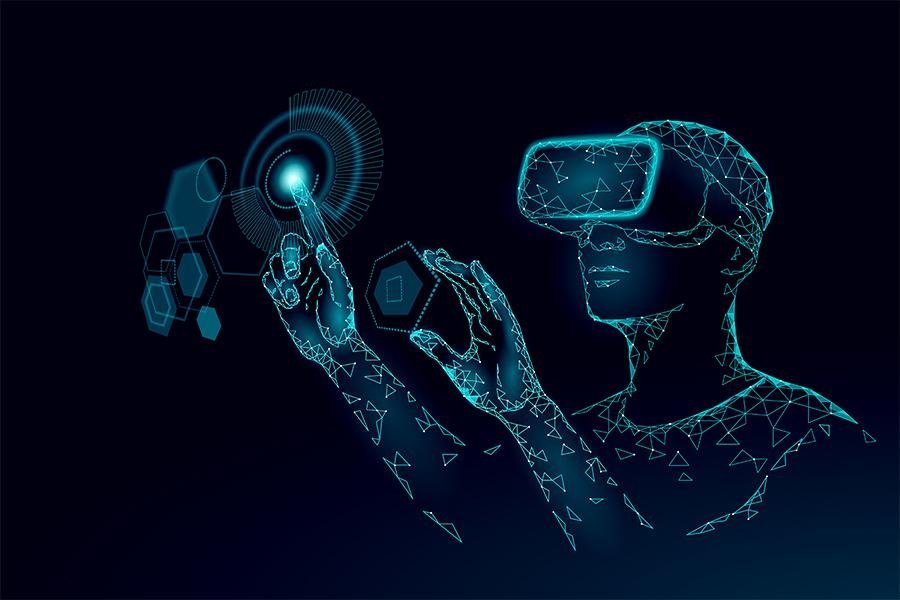Virtual and augmented reality
Virtual and augmented reality has the potential to revolutionize various industries, from gaming to healthcare.
Virtual and augmented reality (VR/AR) have come a long way since their inception and have gained widespread popularity in recent years.

This topic could explore the current and potential applications of these technologies, as well as their potential benefits and challenges.
VR/AR technologies have the potential to transform various industries by providing immersive experiences that can simulate real-world environments, augment the physical world, also enhance user engagement.
In this essay, we will explore the current and potential applications of VR/AR technologies. As well as their benefits and challenges.
Virtual Reality
Virtual reality (VR) is a technology that simulates a real-world environment or creates a completely new one through the use of computer-generated graphics, sounds, and other sensory stimuli.
VR typically involves the use of a headset or a similar device that creates an immersive experience by blocking out the real world and replacing it with a digital one. This technology has been used in a variety of applications, including gaming, education, healthcare, and more.
Gaming is one of the most common and popular applications of VR technology. With VR, gamers can experience a fully immersive gaming environment. Where they can interact with the game’s characters, objects, and environments.
This technology has the potential to revolutionize the gaming industry by providing a more engaging also interactive experience for players.
In addition to gaming, VR is also being used in education and training. VR simulations can provide realistic training scenarios for a variety of fields, including medicine, aviation, and the military.
These simulations can allow trainees to practice their skills in a safe and controlled environment, without the risk of real-world consequences. In education, educators can use VR to offer students an immersive learning experience that enhances their understanding of complex concepts.
Healthcare is another industry that is benefiting from VR technology. Healthcare professionals are using VR in the treatment of various conditions, such as anxiety, post-traumatic stress disorder (PTSD), and pain management.
VR therapy can provide a safe and effective way to treat these conditions by creating a virtual environment that can help patients confront their fears and manage their symptoms.
Despite the many benefits of VR technology, there are also some challenges. The high cost of VR equipment, which can make it inaccessible to many people, represents one of the biggest challenges.
In addition, there are concerns about the potential negative effects of prolonged use of VR. Such as nausea, eye strain, and other physical discomforts. Developers and manufacturers need to address these concerns and make VR technology more accessible and user-friendly.
Augmented Reality
Augmented reality (AR) is a technology that overlays digital information in the real world. Typically through the use of a mobile device or a headset.
AR can provide users with an enhanced and interactive view of the physical world by adding digital information. Such as images, videos, or text, to real-world objects or environments. AR technology has the potential to transform various industries, from retail to healthcare.
One of the most common applications of AR technology is in retail. AR can provide customers with a more engaging also interactive shopping experience by allowing them to try on clothes. See how furniture would look in their homes, or even preview products before they buy them.
Marketers can use this technology to offer customers a more personalized and targeted experience.
In healthcare, doctors and nurses are using AR technology to receive real-time information about their patients. AR overlays medical data onto a patient’s body, enabling healthcare professionals to view vital signs and important information without diverting their attention from the patient.
Another potential application of AR technology is in education. AR enhances learning by overlaying digital information onto physical objects, like maps or textbooks. Providing students with an interactive and engaging experience.
This technology can enhance students’ understanding of complex concepts and make learning more fun and engaging. 온라인카지노사이트

